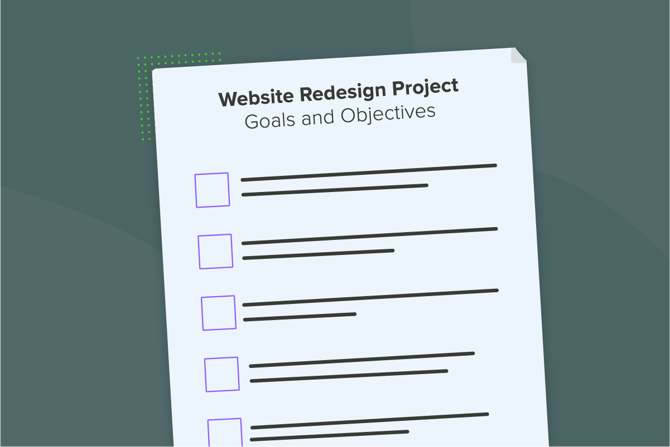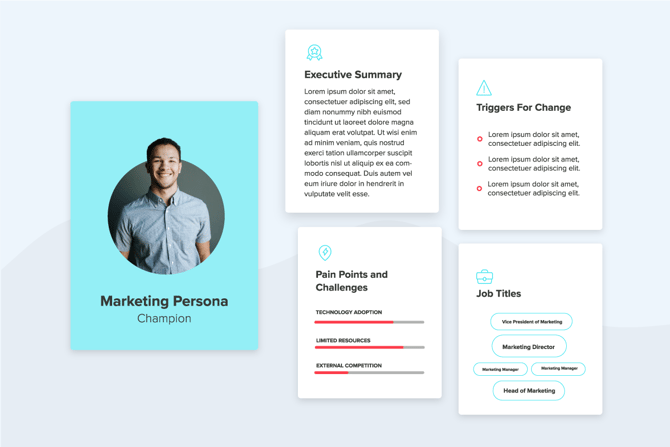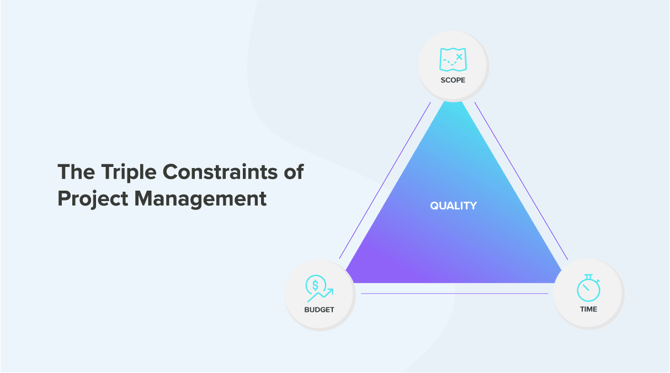Strategic planning
Assuming you’ve decided to undergo a website redesign project, your next question is likely, “Where do I start?”
Like any successful project, the best place to start is by laying a strong foundation.
It can be tempting to dive straight into design and development to get your website looking exceptional. But without an effective strategy, you may struggle to create a powerful user experience or solve for the challenges that prompted you to redesign your website in the first place.
Additionally, you want to put as much time as possible between website redesigns. Laying the right foundation enables your website to grow and scale as your business does.

Goals and objectives
Any project is incomplete without goals and objectives. What are you trying to achieve with your website? The simplest answer is more revenue. But how you accomplish that goal will vary depending on your business. When it comes to a redesign project, identifying the areas of improvement and what issues you’re trying to solve will ultimately inform your overall goals.
For instance, if you find that your prospects don’t know enough about your product by the time they reach sales, a primary goal could be increasing free trials or demo requests. Such a goal directly informs many of the decisions you make throughout the redesign project, including how content is written and organized across the site.

User research and buyer personas
Building a website that accomplishes your business goals starts with a keen understanding of your ideal customer.
- Who do you market and sell to?
- Which customers do you retain the longest?
- Why do prospects decide to choose your business over a competitor?
Detailed buyer personas are designed to answer these questions, and they serve as an essential element of building an effective website.
Buyer personas are semi-fictional representations of your ideal customer. They contain information like job roles and functions, their unique pain points and challenges, as well as your business’ value proposition or message that resonates with them the most.
Creating buyer personas requires robust research into not only your revenue streams but also your CRM and user behavior. What content are the people who become customers engaging with? What subject matters do they care about?
As you build out your buyer personas, conduct interviews with members of your sales, product and service teams to understand what they experience in their regular interactions with prospects and customers, as well as the customers themselves.
By understanding these factors and learning more about these users, you’ll have a better understanding of the content that will attract them to your website and nurture them into customers. This information directly influences how you write, organize and design content later in the redesign process.

Project management
Website projects are complex, and effective project management is an essential driver of success. Websites need copywriting, graphic design, code development, review and many other things in between, so managing workloads and deadlines will also be a factor.
As you’re laying out the goals and objectives of your website, it’s also important to consider the triple constraints of project management. In other words, what are your goals for time, budget and scope?
If your goal is to have a website up and running in weeks, not months, then you need to compromise on design or level of functionality. If you want a massive website with a depth and breadth of content and robust functionality, you need to compromise on time.
With those factors considered, appointing someone to manage the project in its entirety is a wise decision. They won’t be the person doing all of the work, but they will hold those doing the work accountable to mapped out deadlines, monitor budget and keep key stakeholders informed about progress to make sure those doing the work get to focus on what they do best.
DO YOU NEED A PARTNER?
At this point, we’ve already stressed the significance of this undertaking. While the research and planning is absolutely something your team can handle, you’re not always going to have the bandwidth or expertise to redesign your website internally. That’s where a partner can come in.
Agency partners can take on entire projects or supplement your internal team where needed. For instance, you could outsource design and development if you don’t have an internal developer. Either way, there are a number of factors you can consider when evaluating potential partners:
- Timeline: Can this partner accommodate your desired timeline?
- Budget: Is their price range within your budget?
- Technical capabilities: Are they capable of accomplishing everything you want on your site? That can include being able to work on your content management system or integrating your website with your CRM or marketing automation platform.
- One-time project vs. long-term partnership: Are you looking for a one-off project or a team that can help with continued maintenance and improvements? Does this team align with your needs?
- Familiarity with your industry: Have they built sites for similar audiences to yours in the past?
- Experience with your type of website: Do they have experience building the type of website your company has? For example, inbound websites and e-commerce websites follow different best practices, so you’d want an agency familiar with the structure your site will have.
Onwards and upwards with your redesign:
Introduction
Should you redesign your website?
Before you kick off a website redesign project, review some of these factors to get a sense of whether or not this project is right for you.
Step Two
Information architecture
Before you can jump into website design and development, you need to map out your website's organization and functionality.

